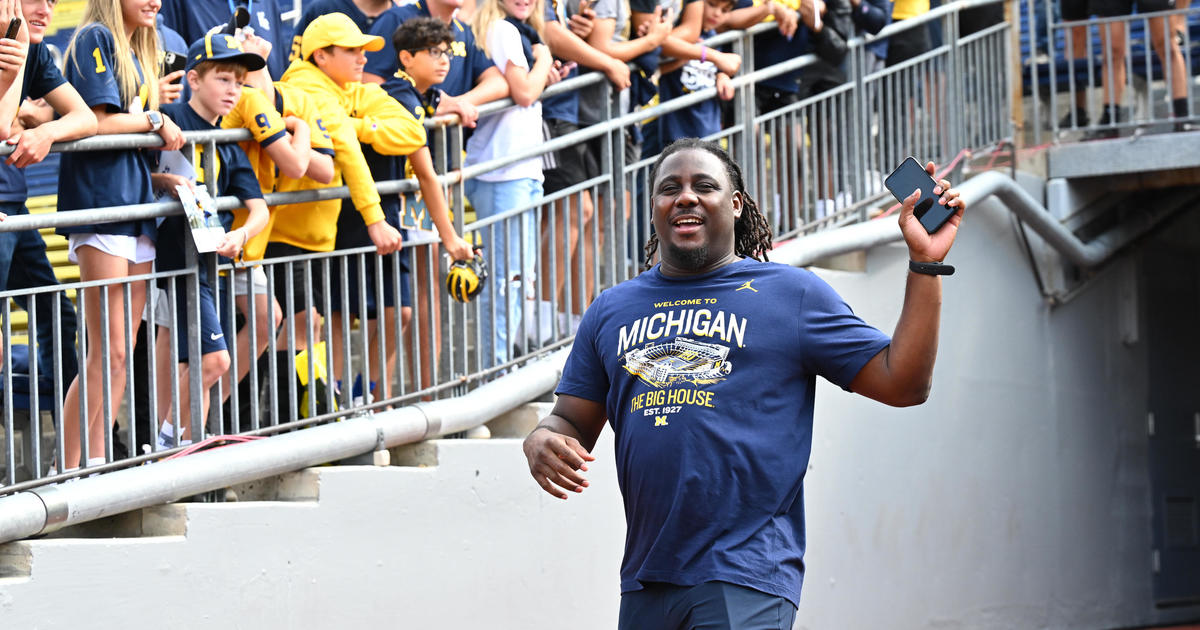WSU Prof Completes Genome Sequence of Great Ape Living With Humans
DETROIT -- A Wayne State University School of Medicine researcher is one step closer to understanding the genetic basis that enable bonobos, one of humankind's sibling species, to learn language, play music and use rudimentary tools.
Derek Wildman, Ph.D., led a team that isolated the DNA and sequenced the genome, or whole inherited genetic make-up, of Kanzi, a bonobo based at the Bonobo Hope Great Ape Trust Sanctuary in Des Moines, Iowa. The sequencing, only the second of its kind, was performed at both WSU and an off-site private company.
Wildman is associate professor of Molecular Medicine and Genetics, and of Obstetrics and Gynecology. He is the director of the Molecular Evolution Group at WSU's Center for Molecular Medicine and Genetics. To learn more about the center, visit www.homopan.wayne.edu
Kanzi, 32, was raised from birth in a family of five humans and eight bonobos, and was trained to use and understand simple spoken English to communicate.
He also plays music, makes fire, cooks simple meals, and makes and uses flint knives. The goal of sequencing Kanzi's genome is to understand the unique abilities of Kanzi and the other bonobos living at the sanctuary.
"We can compare Kanzi's genome to the genomes of humans, and other primates in order to see what is unique about Kanzi from a genetic perspective," Dr. Wildman said. "We also can see what Kanzi shares with other primates. Because we have also sequenced his transcriptome we can build gene models that are more accurate, and we can see which genes are expressed in his blood, and in the placenta of Kanzi's son, Teco. This is a very important first step in untangling nature from nurture in the cognitive development of bonobos."
Next, the team will compare the genomes and epigenomes of bonobos raised with human language to those that have not had such experiences.
The bonobo is an endangered African great ape found only in the Democratic Republic of Congo. According to the Bonobo Conservation Initiative, bonobos and people share 98 percent of the same genetic make-up. Physically, their anatomy closely resembles Australopithecus, an early human ancestor. Bonobos walk on two feet more easily and for longer periods than other great apes.
The science world acknowledges that bonobos are extraordinarily smart primates.
"But linguists are not convinced that bonobos such as Kanzi have learned 'human' language," Wildman said.
The study of Kanzi's genome and its activation patterns was initiated by Bonobo Hope Executive Director Sue Savage-Rumbaugh and Wildman's late colleague, Morris Goodman, Ph.D., who was a distinguished professor of Anatomy and Cell Biology at the School of Medicine.
"Comparative genomics is of importance to describing the unique and shared aspects of individuals and species," Wildman said.
His group also is studying the genetics of Nathan, a bonobo who died of lymphosarcoma at age 9.
"Studying this individual may provide us with clues about the evolution of human lymphosarcomas as well," he added.
Wildman's laboratory uses molecular evolutionary and comparative genomic approaches to understand genetic change during human evolution. His work has been published with colleagues in the Proceedings of the National Academy of Sciences. He is editor-in-chief of the medical journal Molecular Phylogenetics and Evolution.



